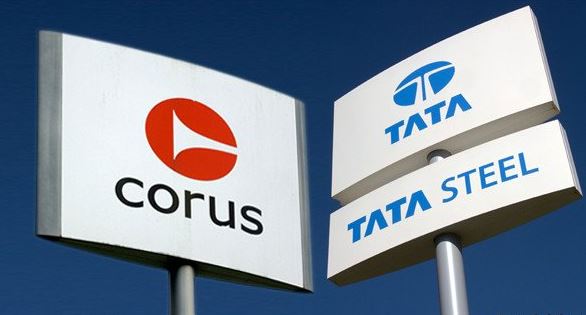Does Merger and Acquisition Enhance Efficiency or Erode Company Wealth? A Study of the Tata Steel Acquisition of Corus (2013)
The focal point of this dissertation is to examine merger and acquisition strategy and to identify whether merger or acquisition enhances the efficiency of an organization, or erodes company wealth. The importance of mergers and acquisitions in the present business world has been significantly increased and the main objective of M&A is to develop shareholders wealth and provide better return to them through increased competitive advantage.
The increased competitive advantage can be achieved through increased economies of scale; extension of acquiring firm’s assets and it will also add value to both firms. The term mergers and acquisitions hence refer to all transactions that cause alterations in the possession structure. The significant differentiating feature between mergers and acquisitions is the interdependence between the engaged firms. A merger defines the entire fusion of at least two economically and legally independent firms into a single firm.
In this, event one the firms losses independence or becomes subordinate to the other firm. In acquisitions, the legal independence is retained, and the potentially acquired firm’s economic independence is completely lost or limited. In the modern corporate world, the mergers and acquisitions are bringing the companies closer and enable them to join hands to form the larger ones.
Mergers and acquisitions are particularly important during the period of financial crisis and it is helpful for the companies to ensure their survival when business opportunities are low and there is less demand of the company’s products and services. The researcher has used both primary and secondary data collection methods in order to undertake this research.
The primary data or firsthand information was collected with the help of questionnaire survey and interview method of research and in order to collect the secondary data, the researcher has considered academic journals, academic articles and books which have been written on the topic of merger and acquisition. The survey was conducted by the researcher with the employees of Tata Steel and the responses of the company’s employees could be very crucial because the employees usually have better awareness regarding the impact of business strategies on the company’s financial performance.
The researcher has conducted an interview with the Business Development Director of Tata Steel in order to discuss the positive and negative effects of mergers and acquisitions. The research outcomes show that there are many benefits of mergers and acquisitions for the companies which are operating in the modern world. The organizations which are involved in M&A can take advantages of economies of scale and it could also results in reduction in the operational cost of the firm. The mergers and acquisitions can also be helpful for the companies to maximize the shareholder’s return and reduce the financial risks associated with the business. The findings of this research show that mergers and acquisitions could be very harmful for the organizations if they are not properly formed.
Therefore, it is essential for the organizations to conduct the necessary research before forming mergers and acquisitions. The main outcomes of the study shows that that there are several factors which have motivated the topic leadership of Tata Steel to acquire Corus which includes strong market repute of Corus and huge business volume of the company.
Dissertation Objectives;
- To gain in-depth understanding on the different corporate valuation techniques
- To assess the rationale behind Tata steel acquisition of Corus
- To establish the benefits and shortcomings associated with foreign M&A
- Comprehend on the need for growth via cross-border M&A
- To find out Government rules and regulation on cross-border merger & acquisitions
- Gain a thorough understanding on the merging trends in the global and Indian Steel industry
- 17,000 words – 68 pages in length
- Excellent use of literature
- Good analysis of subject area
- Well written throughout
- Includes survery questions
- Ideal for business management students
1: Introduction
Cross-Border Mergers and Acquisitions
Reasons for Cross-Border Mergers and Acquisitions
Competitive Advantage
Reaction to Altering Environment
Inefficient Capital Markets
Mergers and Acquisitions in India
Research Aims and Objectives
Main Objective
Research Objectives
Significance of the Study
Research Questions
2: Literature Review
Mergers and Acquisitions
Advantages and Disadvantages of Mergers and Acquisitions
Tata and Corus: A Case of Acquisition
Global Steel Industry
The Indian Steel Industry and Tata
Corus Steel Firm
Mergers and Acquisitions in the Steel Industry
The European Steel Industry
3: Research Methodology
Research Paradigm
Research Approach
Research Design
Research Methods
Population and Sampling
Data Collection Procedure
Data Validity and Accuracy
Ethical Considerations of Research
Limitations of the Research
4: Data Analysis and Research Findings
Analysis of Questionnaire Survey
Analysis of Interview
Outcomes of the Research Study
5: Final Conclusion and Recommendations
Final Conclusion
Recommendations
References
Appendix Section
Survey Questionnaire
Interview Questions

